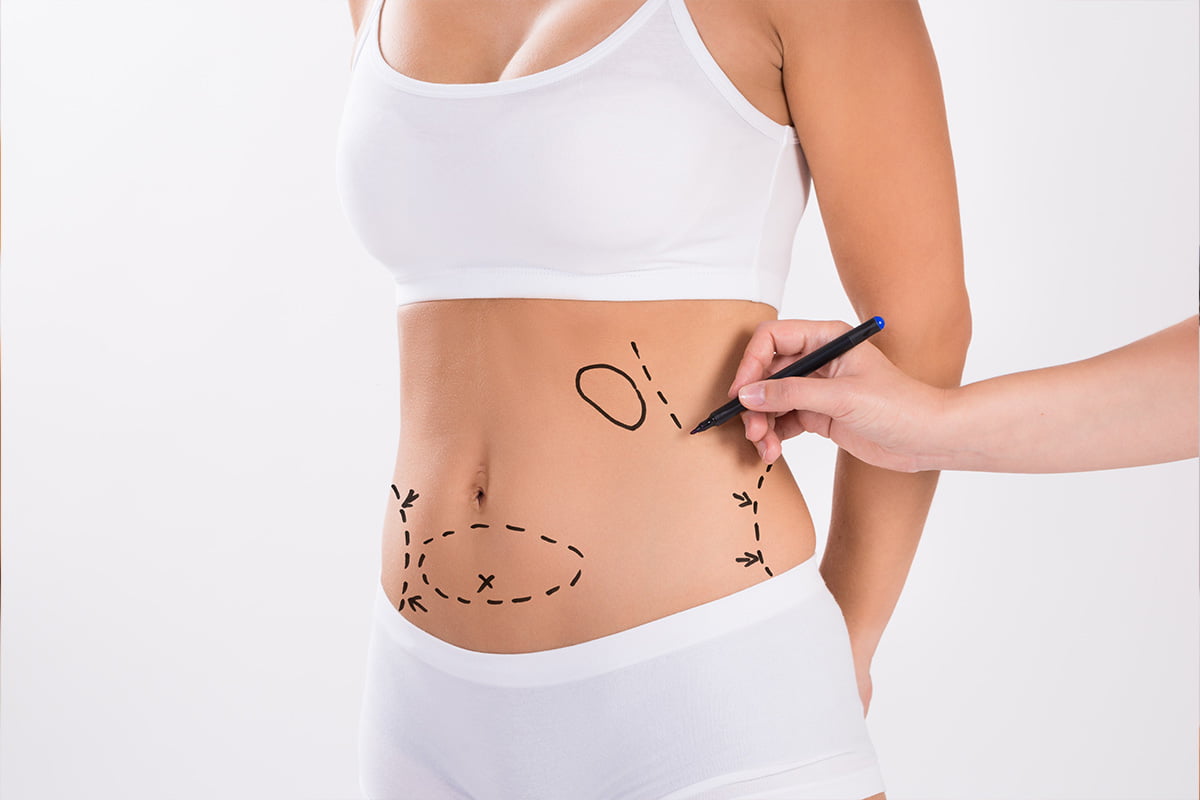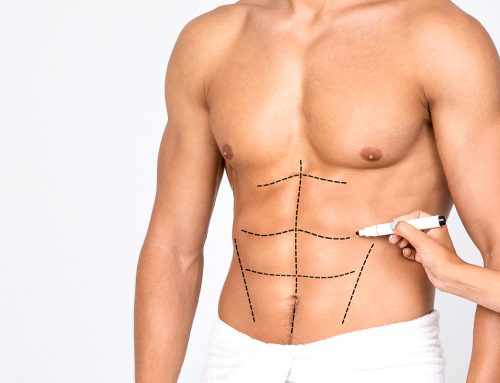
What is Liposuction?
1. What is Liposuction?
Liposuction is a popular cosmetic surgical procedure designed to remove excess fat deposits from specific areas of the body, helping individuals sculpt and enhance their natural contours. While it’s not a weight-loss solution, liposuction aims to target stubborn fat that resists diet and exercise, ensuring a more toned and defined appearance.
2. What Techniques Are Used in Liposuction?
Liposuction has evolved significantly over the years, and various techniques have been developed to cater to different needs:
- Tumescent Liposuction: A technique where a large amount of medicated solution is injected into the fatty areas, making it easier to extract the fat.
- Ultrasound-Assisted Liposuction (UAL): Utilizes ultrasonic vibrations to liquefy fat cells, allowing for easier removal.
- Laser-Assisted Liposuction (LAL): Uses laser energy to break down and liquefy fat before it is removed.
- Power-Assisted Liposuction (PAL): Employs a vibrating tool to break up fat cells for more straightforward extraction.
3. Who is Recommended for Liposuction?
Liposuction is suitable for individuals:
- With localized fat deposits that don’t respond to diet and exercise.
- Who are within 30% of their ideal weight and possess firm, elastic skin.
- In good overall health without any conditions that could impede healing.
- Looking for body contouring rather than significant weight loss.
4. When is Liposuction Not Recommended?
Liposuction may not be suitable for those:
- With compromised immune systems or chronic conditions like heart disease and diabetes.
- Who are pregnant or breastfeeding.
- With unrealistic expectations about the procedure’s outcomes.
- Who are significantly overweight or obese.
5. The Procedure Process
The liposuction process typically involves:
- Consultation: Discussing your goals, medical history, and determining the best approach.
- Anesthesia: Administered for comfort, either local or general, depending on the extent of the procedure.
- Incision: Small incisions are made in the targeted areas.
- Fat Removal: A cannula (a thin, hollow tube) is inserted through the incisions to loosen and extract fat using a surgical vacuum.
- Closing Incisions: Once the desired amount of fat is removed, the incisions are closed using sutures.
- Recovery: Patients are typically monitored for a short while before being discharged to recover at home.
6. Things to Know
- Liposuction is not a treatment for obesity or cellulite.
- The results are long-lasting, but maintaining a stable weight is essential to preserve the effects.
- It’s crucial to choose a qualified and experienced surgeon to ensure safety and desirable outcomes.
- There might be some temporary side effects, such as swelling, bruising, and discomfort.
7. Post-Operative Process
After liposuction:
- Patients might wear compression garments to reduce swelling and support the treated areas.
- Mild pain and discomfort can be managed with prescribed painkillers.
- Regular check-ups will be scheduled to monitor the healing process.
- Most daily activities can be resumed within a week, but strenuous exercises should be avoided for 4-6 weeks.
- It’s vital to follow all post-operative care instructions for optimal healing and results.
Remember, it’s essential for potential patients to consult directly with a medical professional to ensure they receive personalized advice and information.
FAQs
- What is the primary purpose of liposuction?
- Liposuction is primarily designed to remove stubborn fat deposits from specific areas of the body, sculpting and enhancing natural contours. It is not a weight-loss solution but a body contouring procedure.
- How much weight can I expect to lose with liposuction?
- Liposuction isn’t a weight-loss procedure. Patients might lose a few pounds from the removed fat, but the primary goal is contouring and reshaping, not significant weight reduction.
- Is the fat removal from liposuction permanent?
- Yes, the fat cells removed during liposuction are permanently eliminated. However, it’s essential to maintain a stable weight post-surgery, as gaining weight might lead to fat accumulation in untreated areas.
- What’s the difference between liposuction and a tummy tuck?
- Liposuction removes excess fat deposits, while a tummy tuck (or abdominoplasty) removes excess skin and tightens the abdominal muscles. They can be performed separately or combined, depending on individual needs.
- Are there any risks or side effects associated with liposuction?
- As with any surgical procedure, liposuction comes with potential risks such as infection, scarring, contour irregularities, and anesthesia complications. Side effects might include swelling, bruising, and temporary numbness.
- How long is the recovery period after liposuction?
- Most patients can resume daily activities within a week. However, strenuous exercises should be avoided for 4-6 weeks. Full recovery and final results can typically be seen after several months.
- Will there be any scars after the procedure?
- Liposuction requires small incisions through which the cannula is inserted. These incisions might leave minor scars, but they are usually discreet and fade over time.
- Can liposuction treat cellulite?
- Liposuction primarily targets fat deposits and doesn’t directly address cellulite. While it might improve the appearance of cellulite to some extent, it’s not a dedicated treatment for it.
- Am I a good candidate for liposuction?
- Ideal candidates for liposuction are those within 30% of their ideal weight, have firm, elastic skin, are in good health, and have realistic expectations about the procedure’s outcomes.
- How much does liposuction cost?
- The cost of liposuction varies based on several factors, including the surgeon’s experience, geographic location, the extent of the procedure, and the techniques used. It’s best to consult with a clinic or surgeon for precise pricing.
Remember, it’s essential for individuals to seek personalized advice and answers from certified medical professionals, as generic answers might not apply to everyone’s unique situation.

